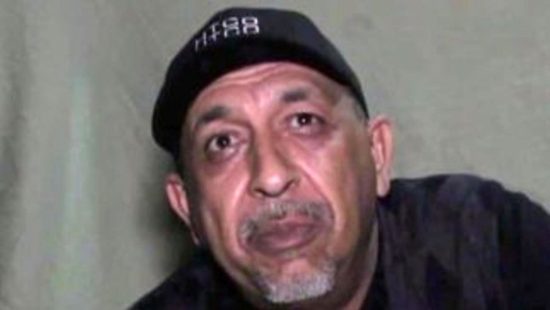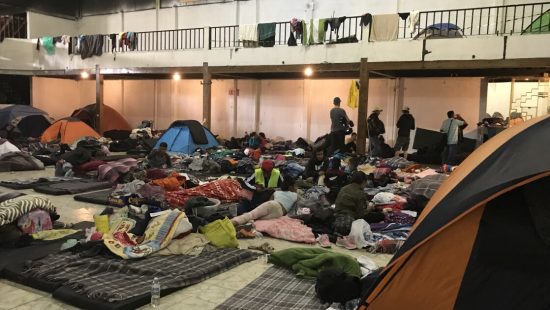Five members of Grupo Fugitivo, a musical project that gained incipient popularity on the local regional Mexican music scene in the north of the country, have been missing for more than 60 hours.
Comprised of Francisco Xavier Vázquez Osorio, Nemesio Antonio Durán Rodríguez, Livan Edyberto Solís de la Rosa, Víctor Manuel Garza Cervantes, and José Francisco Morales Martínez, the group’s disappearance occurred in a context marked by state restrictions on corridos tumbados and narcocorridos, subgenres of regional Mexican music accused of promoting narcoculture.
On Monday, family members confirmed to the Tamaulipas State Attorney General’s Office that they lost contact with the musicians on the night of Sunday, May 25, when they arrived in Riberas de Rancho Grande, a town in Reynosa, to perform a concert.
A day later, amid various protests demanding that Tamaulipas authorities expedite the search, the Suburban in which the musicians were traveling to their performances was found in the La Cañada neighborhood.
Sony Bernal, the ex-wife of one of the band members, confirmed to journalist Azucena Uresti that prosecutors’ experts detected traces of blood. As part of the ongoing investigation, she said, authorities have taken DNA samples from some immediate family members.
In conversation with Uresti, Sony Bernal lashed out at local authorities for claiming that the musicians had been found alive. “We condemn the information provided by the governor of Tamaulipas (Américo Villarreal Anaya), which states that the boys were found… It’s totally false; just as we condemn the audio recording sent by the Secretary (of State Security) that said the boys were already on their way to the prosecutor’s office.”
Bernal pointed out the indifference of Governor Villarreal Anaya, who asked the families to “stay calm and not exaggerate the issue.”
Amid the personal crisis they are experiencing, Bernal stated that the case reflects the security crisis in Tamaulipas, caused by disputes between criminal organizations to control drug trafficking across the border.
What criminal groups operate in Reynosa, Tamaulipas?
In November 2024, the organization México Evalúa presented an updated map of the geography of drug trafficking in the country. In its report, an assessment of homicidal violence, Tamaulipas has a rate lower than the national average.
However, the disappearance of the five members of Grupo Fugitivo reflects a reality that keeps residents of several towns in Tamaulipas in a state of anxiety, where the Northeast Cartel is disputing control with the Jalisco New Generation Cartel and the Gulf Cartel, according to intelligence reports from the Ministry of National Defense (Sedena), the Ministry of the Navy (Semar), and the SSPC.
Cartel del Noreste: Criminal Expansion after the Fall of Los Zetas
El Cartel del Noreste (CDN) consolidated its position as one of Mexico’s most dangerous criminal organizations after splitting from Los Zetas following the capture of its last leader, Omar Treviño Morales. Since then, it has expanded its reach into illicit activities and gained international presence.
Designated by the United States as a Foreign Terrorist Organization, the CDN operates primarily in Nuevo Laredo, Tamaulipas, a city it maintains under complete control. From that base, it coordinates operations related to kidnapping, extortion, car theft, human trafficking, drug trafficking, money laundering, and prostitution.
Its violent structure and logistical capabilities have allowed it to establish an operational presence in the United States, Guatemala, Honduras, and Colombia. In the latter country, it is believed to have taken control of the cocaine purchasing business formerly run by Los Zetas.
The organization is known for its capacity for intimidation and its dominance over local illicit activities, which makes it difficult for authorities to act. The CDN represents a growing threat to national and international security due to its level of organization, weapons, and network of cross-border operations.








